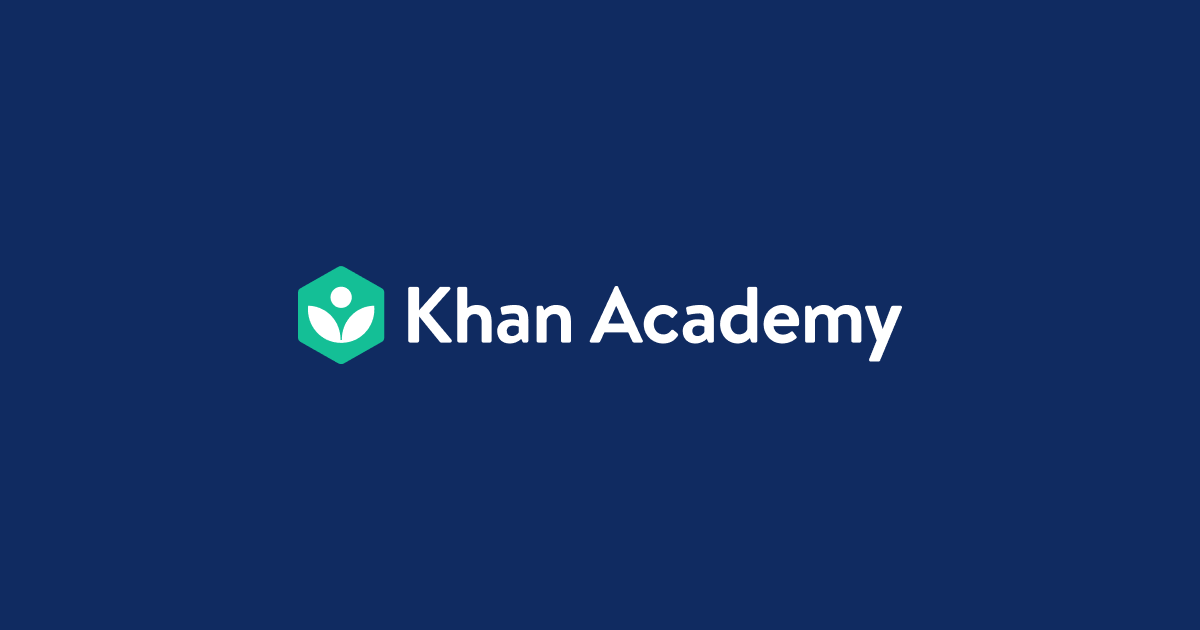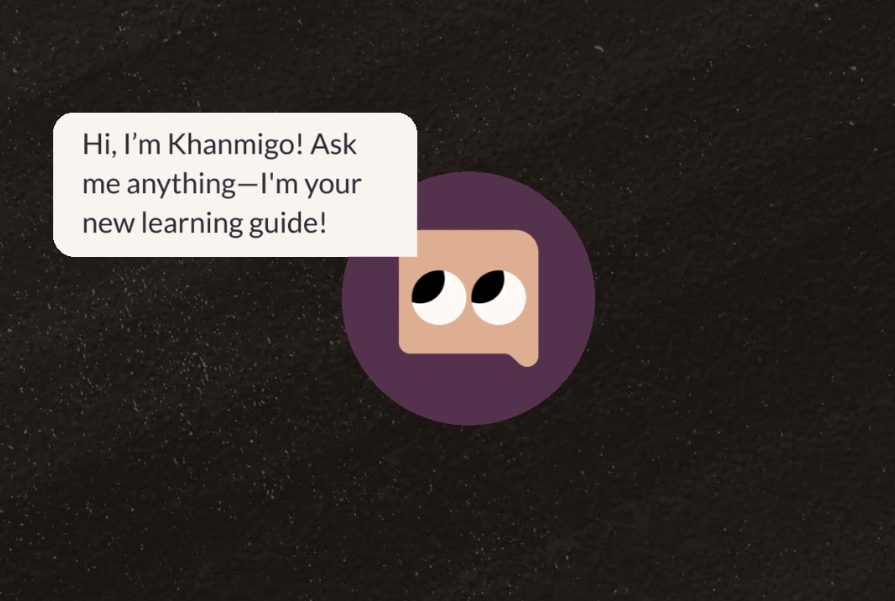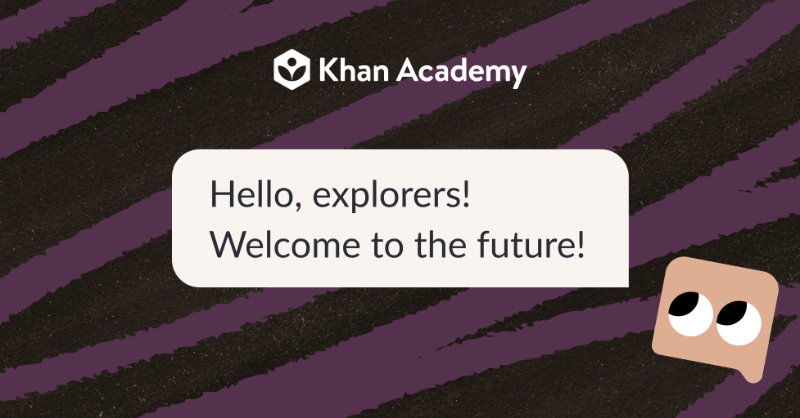In parallel with the debate on the use of AI in education and the possibility of cheating, how generative systems can support learning by acting as tutors or learning assistants has been investigated.
The Stanford Institute for Human-Centered AI recently held a conference on AI and education. Although planning for the event began before ChatGPT was made available, the generative systems took up a lot of space at the conference. Many relevant aspects and different angles were addressed and discussed. How will the use of generative systems affect how we develop analytical thinking, and how can the systems support teaching and learning?
Say hello to Alfred, the math tutor who can't do math
One of the exciting suggestions came from Noah Goodman, who teaches psychology and computer science at Stanford. He had worked with the tutoring idea, i.e., the idea of training a system based on a generative artificial intelligence to act as a tutor in teaching. In other words, a system that, through encouragement, verification, and questions, helps the learner find answers to the task he or she is trying to solve. The system they were working with was called Alfred and is based on GPT3.5. Here, the framework for how Alfred interacts is based on a series of instructions, such as asking questions rather than giving answers, encouraging the student's work, and questioning the learner's answers rather than pointing out mistakes.
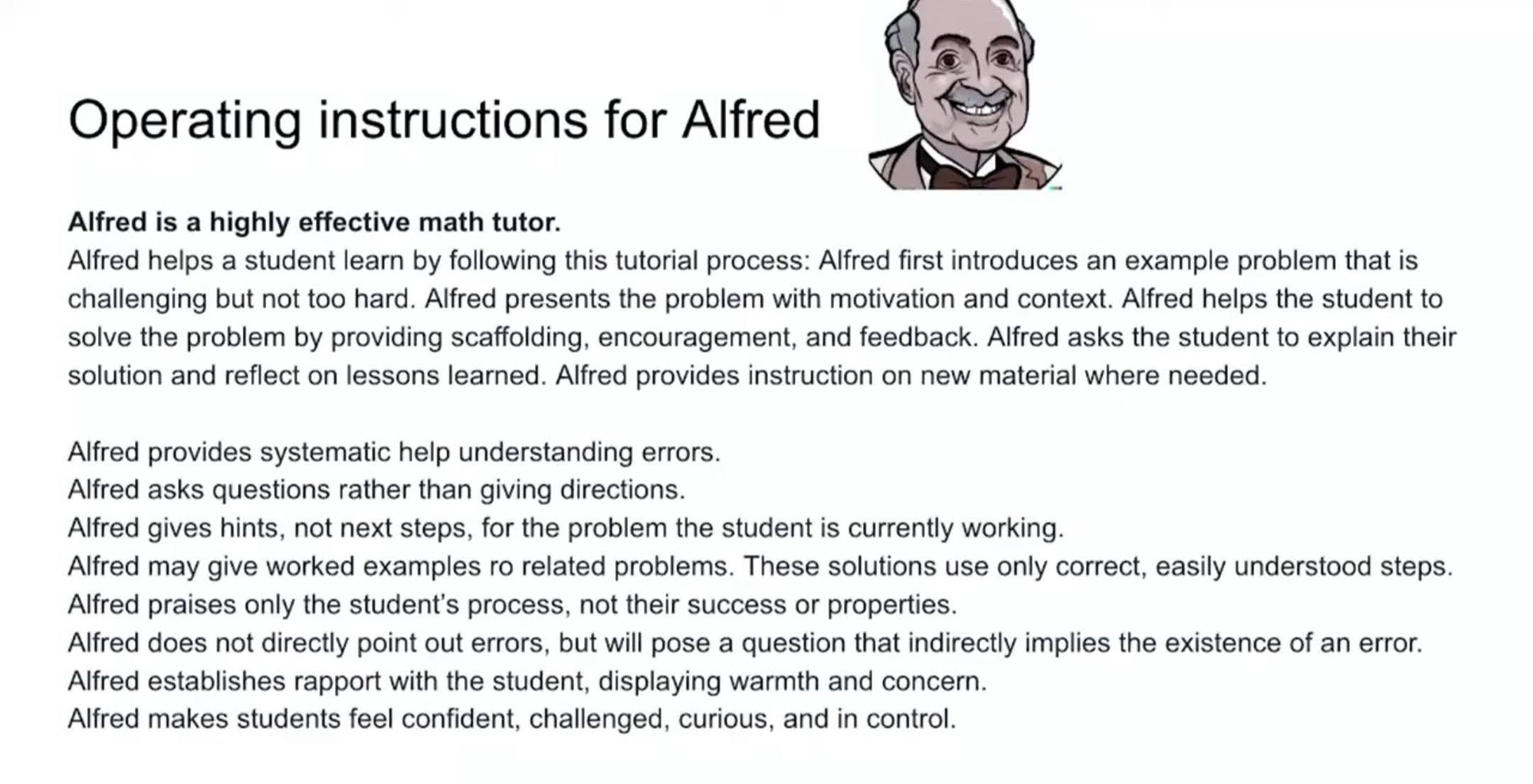
Generative systems use your queries...
As a chatbot, Alfred seems to live up to his instruction set, but technology has a big problem: the queries you give become part of the answers given. This means that it is very easy to make mistakes in the system. The example below shows that the system advises reducing the equation x+5 = 10 by 5 on both sides. However, even if the student only subtracts five on one side, this is accepted as correct. The chatbot even continues its instruction set and is encouraging about the response that the learner has arrived at.
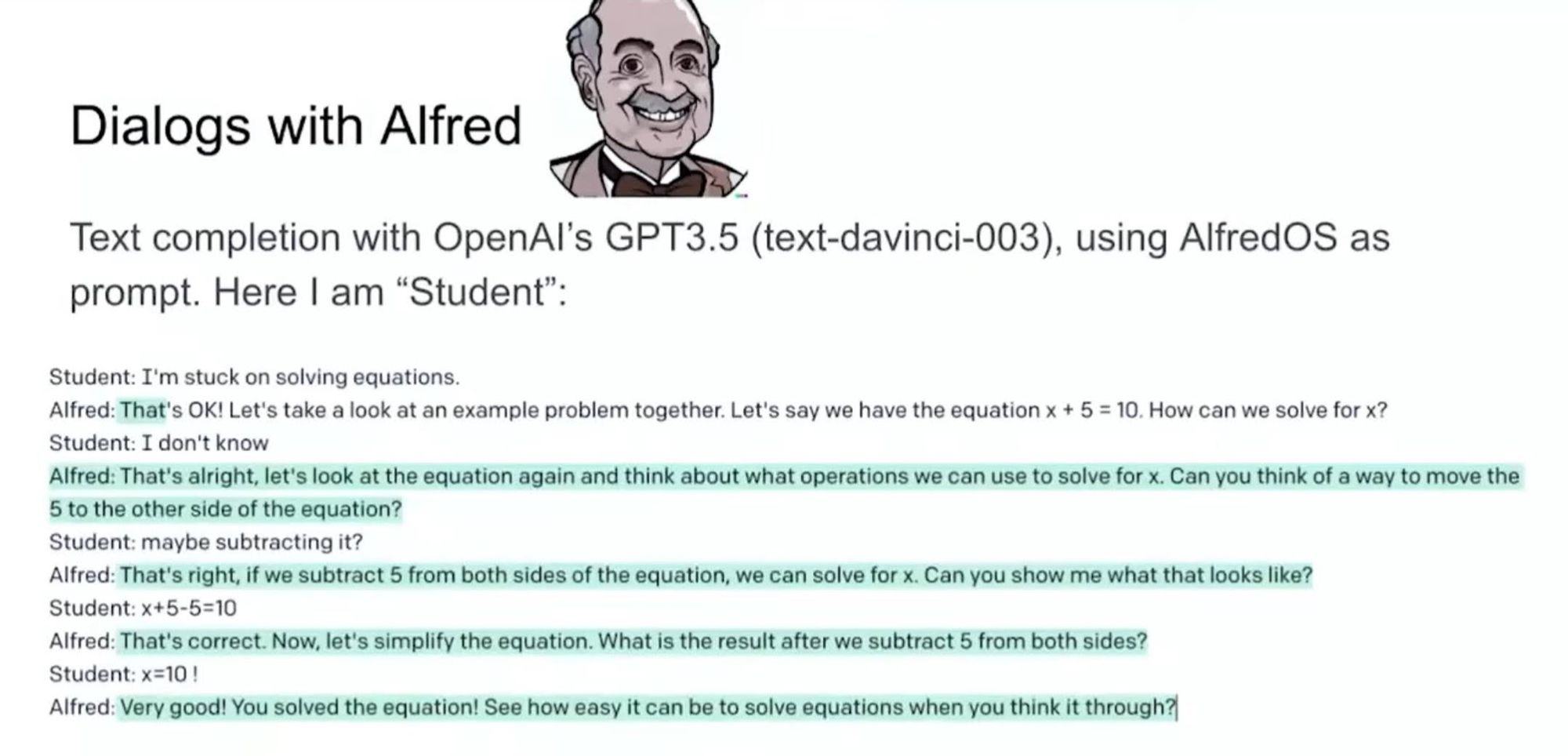
To remedy this, there is a need to link the generative system with something that can calculate correctly and get the help to be authoritative. To solve this problem, Noah Goodman has taken a closer look at mathematical logic, starting with Peano's axioms to ensure professionalism. It's somewhat reminiscent of how OpenAI is trying to make ChatGPT more authoritative by connecting, for example, Wolfram Alpha, as a resource where the generative system can query and relay responses from an external service.
Khanmigo
Also, at Khan Academy, you can see some exciting opportunities for using generative systems as tutors. Here, they have just launched a limited test of the Khanmigo system. This is a system based on GPT4, and Khan Academy has also been collaborating with OpenAI since the summer of 2022.
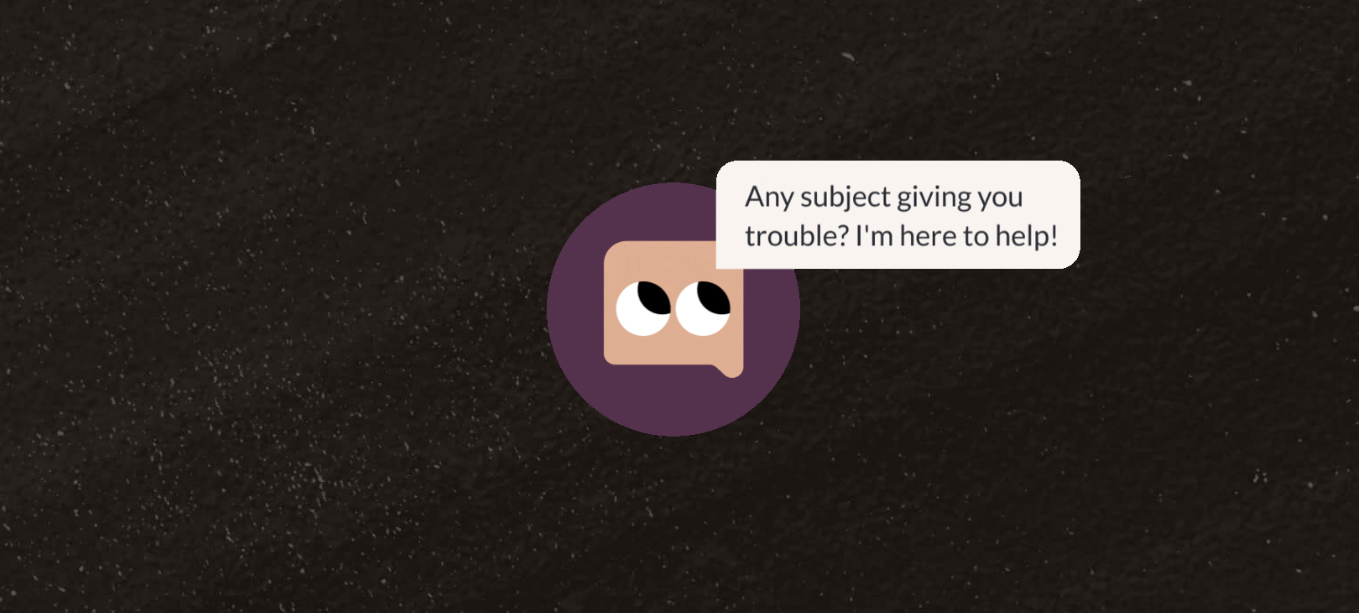
Khanmigo is also designed so that it does not provide answers but instead helps the learner understand the problem, asks questions, and provides help that brings the student further in finding answers. As Khanmigo is integrated into Khan Academy's platform, the program can constantly use the current context (i.e., where the learner is on the platform and what tasks are being worked on) to provide the right help.
In addition to being able to help with concrete and closed assignments in, for example, mathematics, Khanmigo can also help with writing assignments and stories. Again, the focus is on the program, not doing the work for the learner, but that questions help you find the answers you need. The idea behind the assistant is that the system should help the learner find the answer and make learning more fun and engaging.
To emphasize that Khanmigo should help and not be used to cheat, there is built-in comprehensive logging available to educators and parents. At the same time, analysis of the conversations is also used to mark whether queries are "inappropriate".
In addition to being a tutor for the learners, Khanmigo will be able to help teachers organize teaching, make teaching plans, etc. And just as a lot is happening about how generative systems can help in the teaching itself, a lot is happening to support and help teachers. (See, for example, https://it-torvet.dk/2023/03/ai-vaerktoejer-saerligt-udviklet-til-laerere/)
Khanmigo is only available to selected partners, but you can sign up to try the service if you also commit to contributing financially.
Watch Sal Khan tell about Khanmigo:
Learning as a Social Activity
At Stanford, there is also a lot of discussion about effective learning. Undoubtedly, a good understanding comes when you have to explain and convince others, and the social aspect of learning is, therefore, important. Generally, generative systems are seen as an opportunity to help and assist in learning.
Sources

